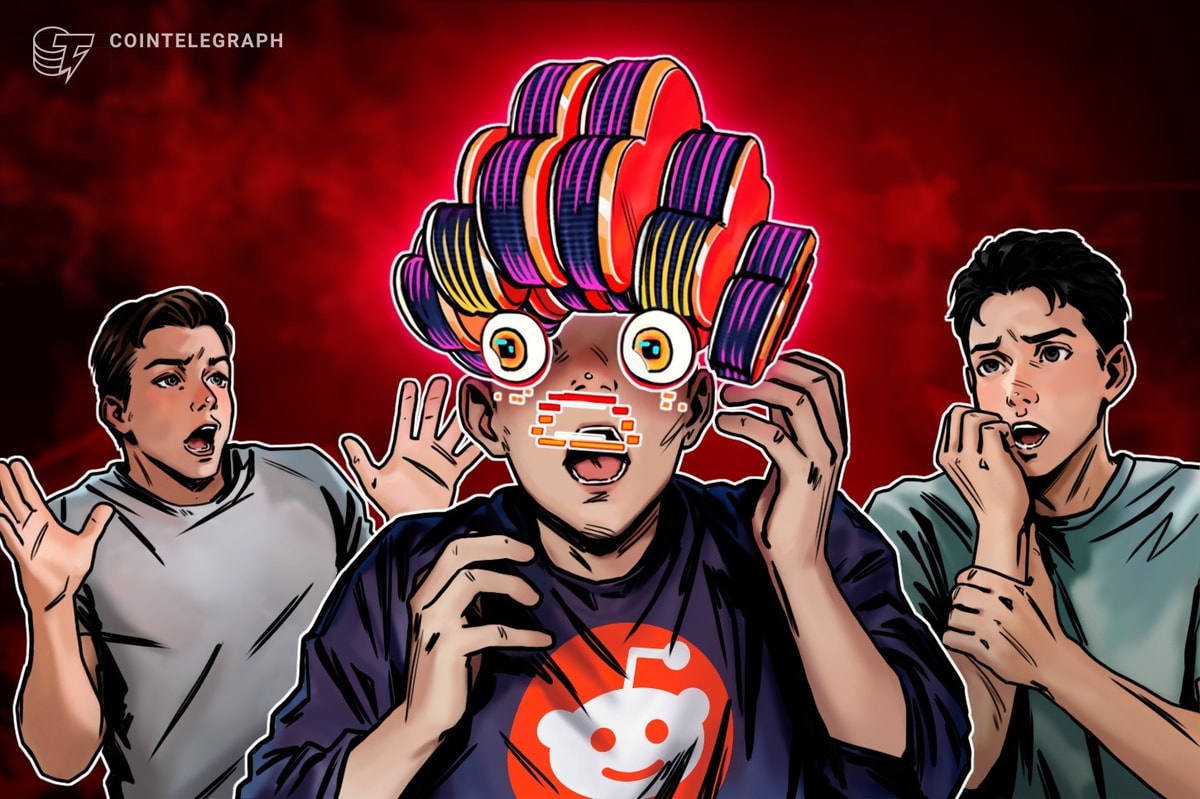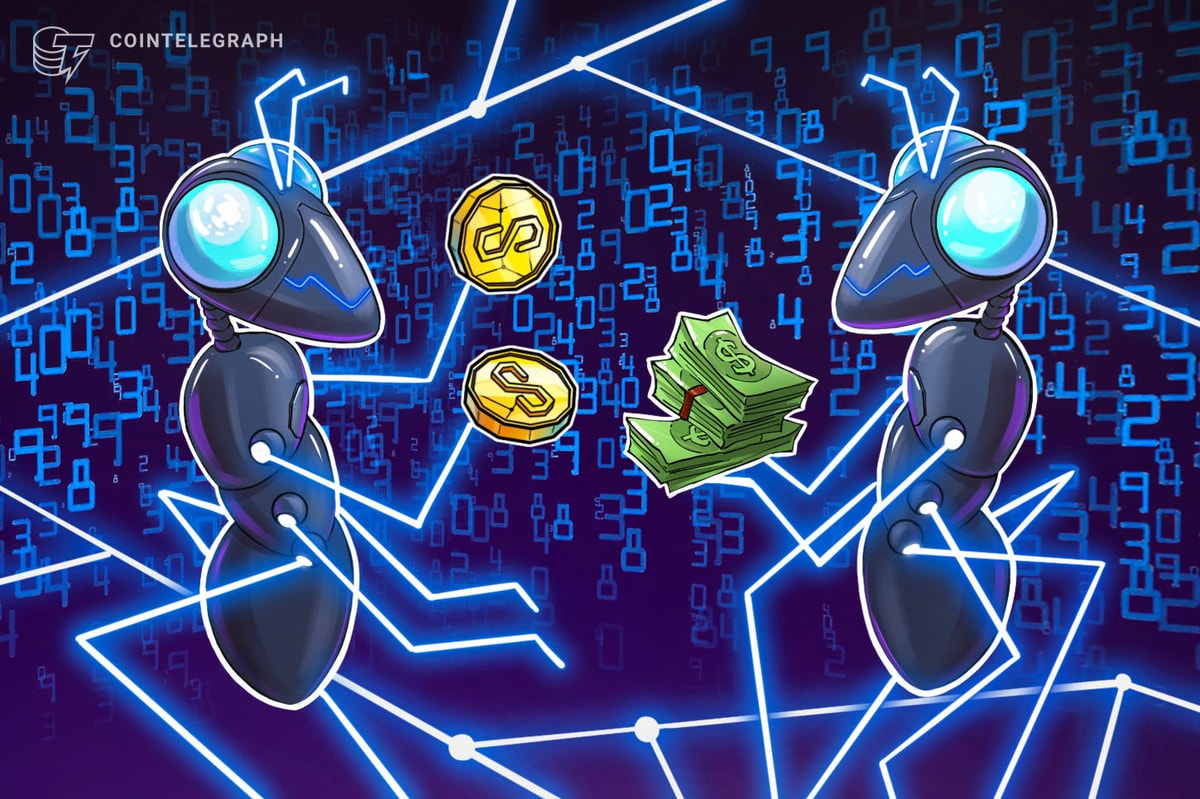
Corporates, suits and CEOs of traditional companies beware: decentralized protocols powered by blockchain technology are redefining your traditional business models, and you should be worried. Business models of the future are not created equal, and they certainly don’t play by the same rules. In the Venn Diagram of traditional business and decentralized protocols, there are a few overlaps and many differences.
Traditional Businesses vs. Decentralized Protocols
Boiled down to the most simple terms, all traditional businesses are organizations that charge customers a certain price (usually denoted in fiat currency) in exchange for a certain product or service. Starbucks charges $3.28 for a quad, grande, decaf Americano. Netflix charges a monthly $10.99 for unlimited Nicolas Cage streaming. Lover’s charges $20 to “spice things up” in the bedroom.
Ultimately, all traditional businesses –– no matter the product or service –– are driven by the quest for profit. Business owners are incentivized to reduce costs, increase efficiencies and scale carefully to maximize cash flows for shareholders.
The key stakeholders of traditional business are customers, business owners/employees and business financiers.
A decentralized protocol powered by blockchain technology is a network — a network framed by cryptography, distributed ledger technology, decentralization and consensus methods –– but a network nonetheless. The networks created by decentralized protocols aren’t structured like the networks created by any traditional business model.
Decentralized protocols aren’t driven by the need to create future cash flows for shareholders. Instead, they are programmed to facilitate commercial interactions between humans in a frictionless manner. A protocol’s incentives are aligned to benefit users and to achieve the smallest margins possible.
The key stakeholders of decentralized protocols are customers, protocol “community maintainers” and (occasionally) protocol financiers.
Customers
Customers benefit from the traditional business they choose to interact with. For a price specified by the business (in fiat currency), they are entitled to a product or service.
Similarly, customers benefit from the protocol they choose to interact with. For a price specified by the protocol, they are entitled to a product or service.
Generally, protocols are powered by utility tokens. For example, the fictional Planes Protocol facilitates coast-to-coast trips in a Tesla-of-the-skies (electric planes) for 1 PLN token. The PLN token is a medium-of-exchange. Nick, a businessman from Seattle, must pay 1 PLN token for a flight from Seattle to Miami. The plane operator is entitled to 99 percent of the PLN token fee and the Planes Protocol claims the other 1 percent.
Business Owners and Employees
Traditional business owners and employees must be compensated for their work. After all, there is a price to pay for food, water and shelter. Business owners pay themselves with portions of their revenue and pay their employees salaries for their work.
Because protocols are decentralized, the concept of “business owner” does not apply. Instead, protocols are cultivated by those designated as “community maintainers.” Whether the protocol founder is designated as the “community maintainer” is up to the community.
Protocols can facilitate commercial interactions between humans “at cost,” as long as they are generating enough in network fees to cover all required upkeep costs. For example, these can include a centralized unit to guarantee customer satisfaction and hiring of developers, project managers or anyone else necessary to keep the network alive and well. Therefore, a protocol’s margins can be much lower than that of a traditional business.
If a “greedy” protocol is programmed with transaction fees that are unreasonably high, anyone can “fork” the protocol (by using a modified copy of the original open-source code) and create a competing network with lower transaction fees. This will continue until price reaches a near-free equilibrium.
Protocol founders can reward themselves with a certain percentage of all tokens ever minted for creating the protocol; similarly, “community maintainers” are rewarded for their efforts via the protocol’s tokens on an ongoing, salary-style basis. These tokens usually have a related fiat value and can be redeemed on publicly traded exchanges.
Side note: Utility tokens are not a panacea. They face various problems such as publicly traded speculation and token velocity. A utopian, token-centric future will not happen overnight. There is much work to do.
Business Financiers
Many business owners or entrepreneurs traditionally rely on risk-tolerant financiers with capital. In the 1500s, enterprising trade voyagers relied on wealthy financiers to support their journeys. If trade voyagers were successful, financiers earned the lion’s share of the voyagers’ profits.
In 2018, Silicon Valley startup founders relinquish equity/control over their company to venture capitalists (modern day trade financiers) in exchange for seed funding. If startups are successful, venture capitalists earn a return proportional to their shares of the company.
It is important to note that capitalism and traditional business models work well. There are millions of happy customers across a variety of industries. But, in some cases, decentralized protocols provide cheaper access to products or services and better-aligned incentives for all stakeholders.
Founders of protocols have flexibility. Because they are creating a new network powered by utility tokens, they can afford to bypass traditional debt/equity financing.
While 16th century merchants and past Silicon Valley founders played by the rules of their financiers, founders of decentralized protocols are freed from this sort of pressure. Protocols can crowdfund capital by pre-selling their protocol’s utility tokens to accredited VCs and, in some cases, to the general public. Protocols can also give discounted tokens to developers for their skills.
Key Takeaway: Traditional businesses and protocols are not created equal. And decentralized protocols certainly don’t play by the same rules as traditional businesses.
Shifting the Value Paradigm
So, what might value creation in the future even look like? And how does a legacy business survive the decentralized future?
Corporate decision-makers must recognize and understand that:
- This is a true instance of the often-overlooked “past performance is no guarantee of future results.” Traditional business models cannot be confused with or compared to protocols of the future.
- Decentralized protocols of the Web 3.0 will not automatically dethrone legacy businesses. And, in some cases, traditional business would not benefit from decentralization. Protocols will not gain the necessary network effects for widespread adoption unless their value proposition is an order of magnitude better than current business models.
- If your corporation operates on the basis of artificial scarcity or “middlemen economics,” you’re ripe for disruption.
Most decentralized protocols still require certain aspects of centralization to guarantee customer satisfaction. Sorry, libertarians, but certain things must maintain a degree of centralization.
Practical Example: Uber vs. Ride, a Fictional, Decentralized Ride-Sharing Protocol.
In 2018, Uber has 3 key competitive advantages in the ride-sharing market:
- Legacy Network: ~ 40 million total monthly, active riders; ~ 1.5 million total drivers
- Customer Satisfaction Guarantee: a centralized company able to provide riders/drivers with personalized troubleshooting. For example, when a driver complains that a college student threw up in his Uber, the centralized Uber troubleshooting authority reprimands the rider in the form of a citation and makes the driver whole.
- Brand Name Recognition: Uber has achieved ultimate “verb” status. On par with “Googling” something.
However, in 5–20 years, Ride will inevitably come along and attempt to win over Uber’s users and drivers. Ride won’t be structured like Uber’s traditional business model. Its goal won’t be to create future cash flows for Ride shareholders. Instead, the protocol will focus on facilitating transactions between riders and drivers in a frictionless, decentralized manner. Ride’s incentives will be aligned to benefit riders and drivers.
Because Ride isn’t driven by the quest for profit, it doesn’t have to charge drivers ~20 percent for each ride. Instead, they can charge users/drivers fractional transaction fees (by means of the RIDE utility token) for interacting with the protocol. These transaction fees are used to maintain and secure the Ride protocol.
The Ride protocol will raise money by pre-selling their utility tokens via decentralized crowdfunding. The protocol will provide an order of magnitude improvement over Uber’s network, executed by the right team and the right investors. Because of this, Ride will amass a significant network effect, user base and brand name recognition. Of course, the Ride protocol will likely still have aspects of centralization to provide customer satisfaction.
So, How Can Companies Like Uber Survive in 2025?
There are two options:
- “Reverse ICO,” or create a decentralized protocol for the service you provide.
- Slowly go bankrupt as market share is taken away by your competitors, who are decentralized protocols.
Decentralization will be just one of many difficult topics to bring up at a board meeting. After all, artificial intelligence and automation are advancing every year. Shrinking margins, employee layoffs and re-trainings are also implicit with decentralization. (Maybe it’s best to recruit your interns to volunteer this information to the board, in case this inevitability isn’t well-received by your shareholders.)
Legacy companies are presented with an incredible opportunity to participate in the next evolution of business models and commercial interactions between people. Choose to embrace the future or fall as a victim to social darwinism: the choice is up to you.
This is an opinion piece by Erik Kuebler. The views expressed are his own and do not necessarily reflect those of BTC Media or Bitcoin Magazine.










